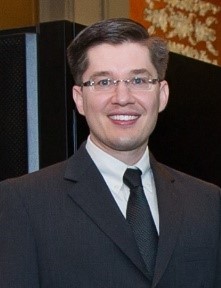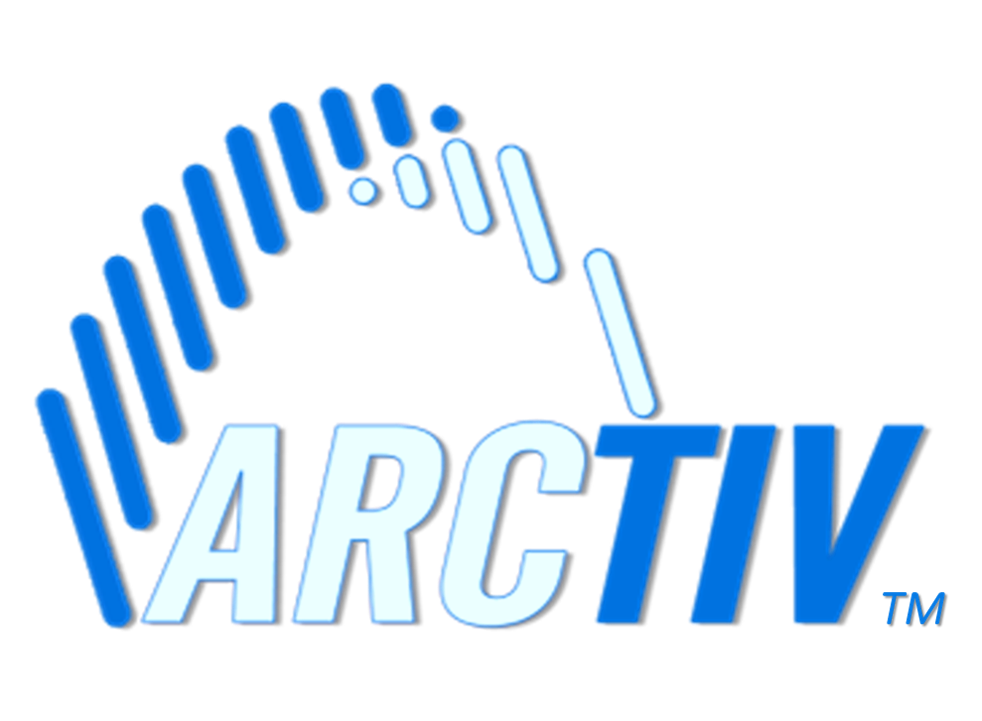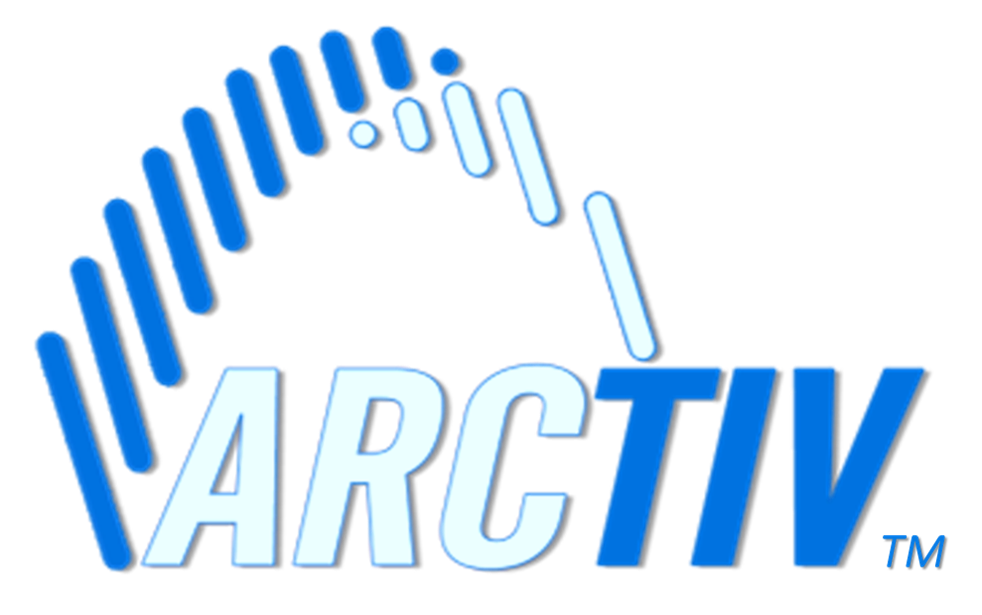As companies move more of their data to the cloud, the need for dedicated network closets or IT rooms is dramatically reducing and changing to support a few servers, back-up power and local switches or equipment. This equipment can be commonly stored in a smaller dedicated cabinet and placed in the office or home office environment. In many cases, the installed equipment can be large and heavy, often exceeding the capacity for most wall-mount solutions.
A high-density floor cabinet can provide a secure solution to house larger IT equipment in applications including:
|
For these applications, common requirements often include:
- Higher load rating and depth to support servers. Typical servers can have depth and weight capacities exceeding the safety ratings of wall mount cabinets. Floor cabinets can reliably support larger systems.
- Castors for easy office deployment. Installation can be a major problem for home or small offices where the user does not want to mount to the wall. Castors with brakes can be easily wheeled to the location and locked into place.
- Low-noise fans for applications in offices. These are commonly used in conference rooms or closed offices where the environment is noise sensitive and the installed equipment is quiet (ie. no servers)
- Full equipment access for servicing. As equipment is constantly changing or being modified, having 3600 access via front and rear doors and removable side panels provides the user with the greatest access.
- High-density cable organization to support network and power cables. The applications will generally mix copper, fiber and power cables in a compact enclosure requiring enhanced cable management techniques to ensure proper sorting, isolating and routing of the different cable types. Power cables need to be separated from network cables to minimize the signal to noise ratio. In addition, PoE+ and PoE++ applications commonly used in conference rooms, A/V and security, will experience greater heat dissipation in the cable bundles and need to be properly managed.
- Greater airflow for high-power equipment. The typical power range for floor cabinet systems is 1-3kW which requires different options for thermal management. In some cases, when the load is small (< 1kW) fans may not be required and vented side panels can provide enough room airflow. As equipment gets higher capacity (1.5 – 3kW) as commonly seen in rackmount servers and switches with PoE+ ports, the users need high capacity fans to help extract the heat. It is generally recommended to use solid cabinet side panels and front blanking panels in these cases to prevent the unwanted mixture of hot and cold air.
- 4-post mounting for larger equipment. Some cabinets offer only 2-mounting rails which are commonly confined to traditional low-duty wall mount cabinets. In the case of floor cabinets, large equipment will usually require 4-post mounting with slide-out equipment mounting rails. In addition, smaller devices such as PDU’s and patch panels can be installed on the back of the cabinet, providing greater application density in a small cabinet. If the user can access the equipment from the side panels, it is possible to mount equipment in both the front and back while still having access to the back side of the devices.
- Mounting options for small devices. It is common that small equipment such as wifi routers, modems, PoE injectors, etc. need to be mounted in the edge application. Traditionally, a dedicated shelf would be required to support these devices, often consuming RMU and limiting the airflow isolation of the front of the cabinet. In small cabinets, every RMU space is critical and the need for ‘0U’ mounting of smaller devices can be valuable.
As seen in these examples, the IT cabinet is dramatically changing for small office and ROBO applications and business are looking for an alternative to a network closet where real estate is expensive or inconvenient. The impact of cloud computing is making this type of deployment possible for common edge applications and the Edge-Series Floor Standing Cabinets are helping businesses securely manage their network at the lowest total cost of ownership.
Contact Us to find out more about how the ArcTiv Edge-Series Floor Standing Cabinets can support your IT needs.
ABOUT THE AUTHOR

Daniel S. James II, MSEE, MBA
Daniel is the founder of ArcTiv Technologies and currently is resides in Taipei, Taiwan and St. Louis, MO, USA. He brings over 15 years of experience in both the data center and industrial automation industries having worked for Fortune 500 technology companies in various roles including Corporate Strategic Planning, Product Management and Business Development. Connect with him on Linked-In.


